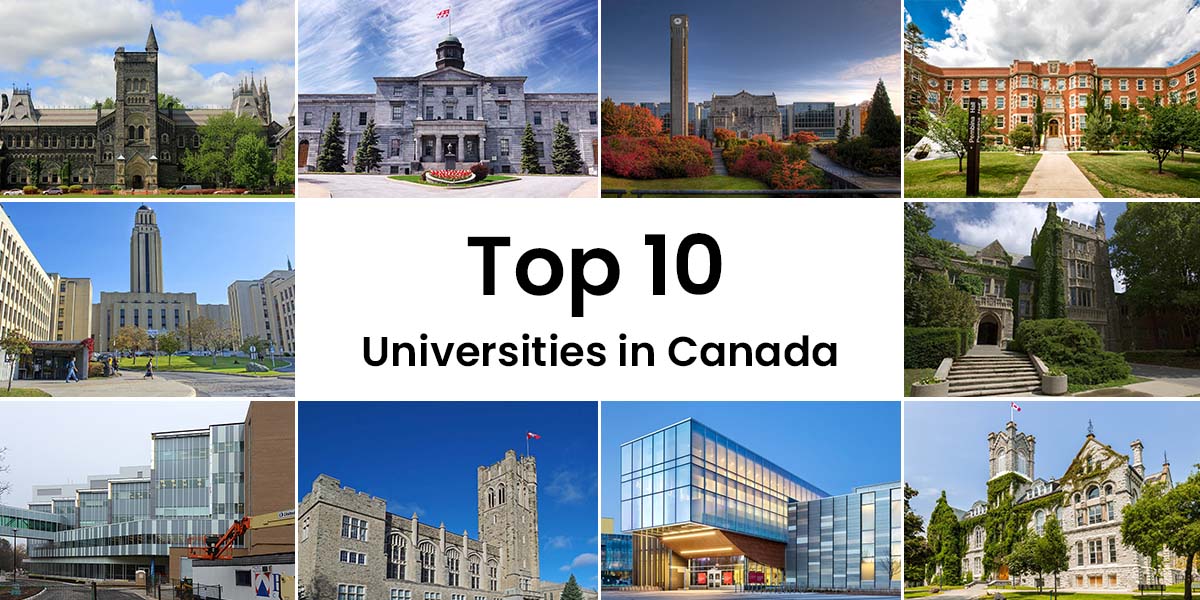
Table of Contents
Engineering Education Introduction:
Future prosperity and quality of life for Canada will largely depend on how well its goods and services include outstanding skill, intelligence, and creating the foundation for a stable global environment. Expert engineers and engineering education in Canada can be crucial in starting new businesses, organizing current procedures, inventing new services and products, and producing excellent employment opportunities. High standards in the system of engineering education at both graduate and undergraduate as well as professional levels are the cornerstone for quality in the field of engineering. To fulfill the changing needs of Canadian society, this educational system must develop successfully.
Engineering Education and Indigenous Peoples
A survey has been done by The Engineering Enrolment and Degrees Awarded Report and they found that 1 percent of indigenous peoples are enrolled in accredited engineering programs in Canada. However, research by the 2011 National Household Survey says that more than 4.3 percent identify as Indigenous peoples of the total population of Canada. The demographics of this society must be reflected in the engineering profession if it is to continue solving society’s complicated problems. This gap must be covered up. According to Engineers of Canada, the provincial and territory engineering regulators must include individuals who are reflective of Canadian society for the engineering profession to remain sustainable. Most Indigenous students need to enroll in and complete post-secondary engineering education if the field is to reflect the demographics of Canada. Growing the number of Indigenous students studying engineering has been identified as an ambition by the Engineers of Canada. According to the This is particularly important considering the outcomes and suggestions made by the Truth and Reconciliation Commission, including the necessity of closing the educational and employment gaps among Indigenous peoples and non-Indigenous peoples; the importance of constructive discussion and providing appropriate access to employment, skill development, and educational opportunities; and the suggestions made to other professional organizations demanding cultural competency and training regarding human rights. These demands for engagement reveal that post-secondary administrators understand that their institutions must adapt to integrate indigenous peoples and indigenous ways of knowing. Indigenous students have faced multiple challenges while getting admitted to the engineering universities. Since the 1970s, Indigenous communities have been permitted to achieve post-secondary education without fear of losing their citizenship. A statement from Goldfinch & Kennedy says that “a long history of legal displacement of lands, and sense of community have led to different levels of misunderstanding of institutions” especially considering the history of residential schools, which were closed down in the 1990s. Indigenous students have limited access to post-secondary engineering education due to a number of factors, such as poverty, unemployment, and lack of high school education. Particularly, in Canada, 29% of Indigenous peoples didn’t complete their high school. Enhancing the portrayal of Indigenous peoples and Indigenous methods of knowing in engineering has advanced beyond innovation.
Undergraduate Engineering Education
The instructors of engineering must be aware to generate students who are adequately ready for their future employment and these teachers have to become conscious about their responsiveness to their distinctive qualities and evolving markets. Usually, engineering undergraduates choose one of the following career routes: (i) work in a mostly technical industry or government, (ii) work in the field of engineering management after gaining experience for several years, and (iii) work as an instructor or a researcher. Currently, Canada has a lot of need for engineers and this demand is in the first two categories. Despite being relatively smaller, the third category is highly crucial to the country, and the number of applicants needed is anticipated to rise. All of these individuals have a great deal to offer industrial innovations, and they also have a big impact on future engineering faculty graduates. Undergraduate students should not decide on one of the primary career options before they get the chance to learn the basics of engineering in detail. Students choose an area of expertise in engineering such as electrical, mechanical, chemical, civil, etc. when they get admitted for academic purposes. Although society and industry have benefited from this limited degree of difference, it is still essential to periodically check its appropriateness. History reveals that only a small percentage of graduates choose to pursue work in their chosen specializations when highly specialized undergraduate programs and opportunities were offered. This observation shows the benefit of having a widely oriented program for undergraduates that covers both the concepts that are essential to the field and those fundamental to closely related disciplines. We can anticipate that technology will continue to evolve very quickly. Building flexibility, a broad outlook, and the capacity for independent and ongoing learning should, therefore, be the fundamental goals of the undergraduate program. In modern circumstances, engineers must increasingly use comprehensive system thinking. Several have suggested that there should be two different streams in the undergraduate program, one focused on engineering practice and the other one taking a highly scientific perspective that leads to a research profession. Some have even argued that these streams should have distinctive institutions, structured after the Technische Fachhochschule and the Technical University in Germany. These structures have been considered as being inadequate for Canada due to its widely scattered population and industry, its huge number of small engineering institutions, and its few career prospects in research. A paradigm where each institution offers a broadly based undergraduate engineering education with significant distinctions to meet local realities would be more suitable for Canada. Depending on the capacities, destinations, and priorities of each university, opportunities for additional education may then be provided in both scientific and technical areas.
Conclusion:
Currently, employment opportunity in engineering has become one of the primary concerns. If the implantation of engineering education in Canada can be increased beyond the current state, the field of engineering will begin to reflect the Canadian population more precisely. Emphasis needs to be directed on developing graduates with the necessary skills and qualities for this progressive occupation in addition to preparing graduates who are primarily suited for available employment. While others may lead in identifying challenges and increasing awareness among the public, engineers will take the initiative in developing practical solutions.
Here is an External link from Wikipedia
For more blogs click here






